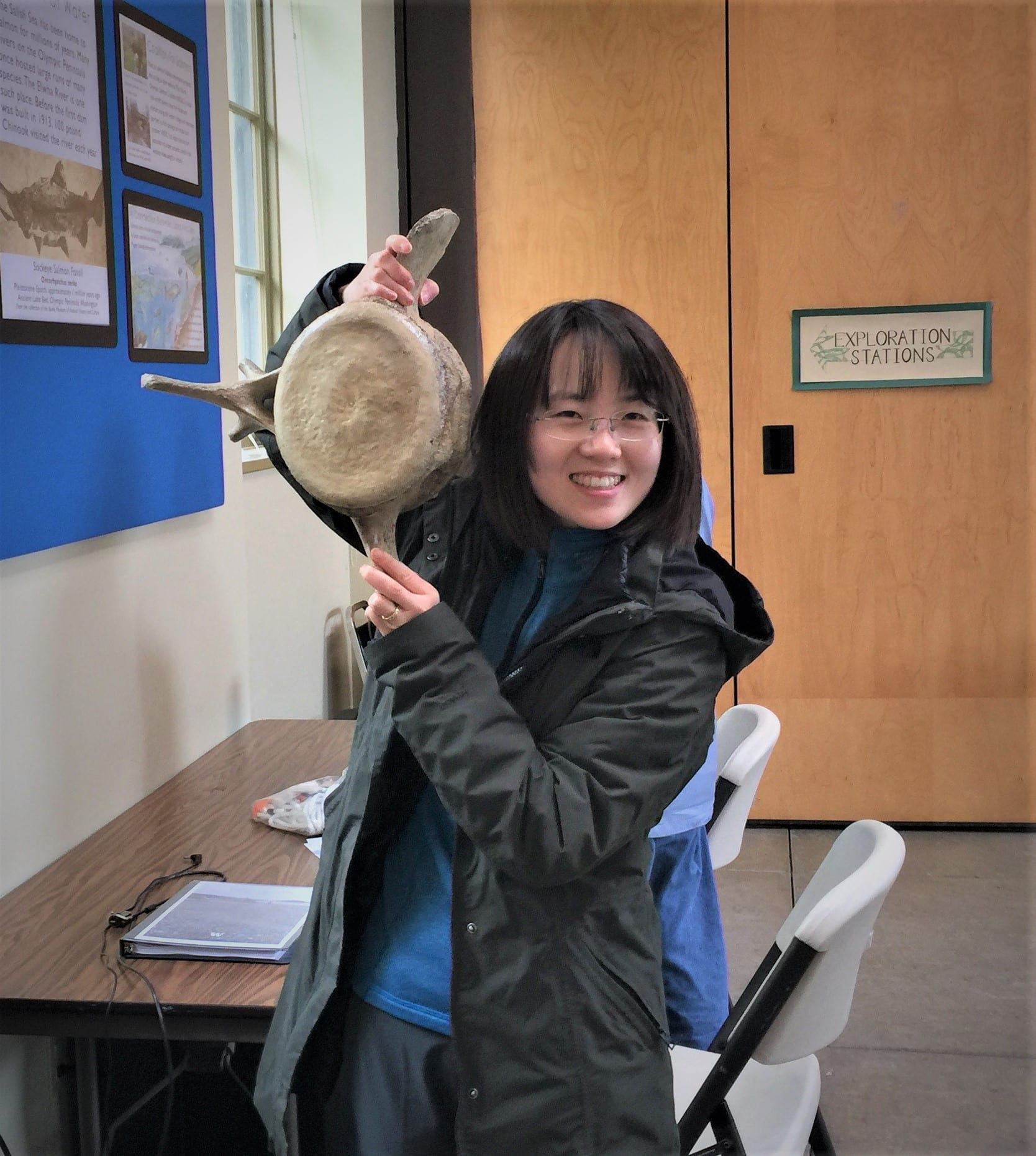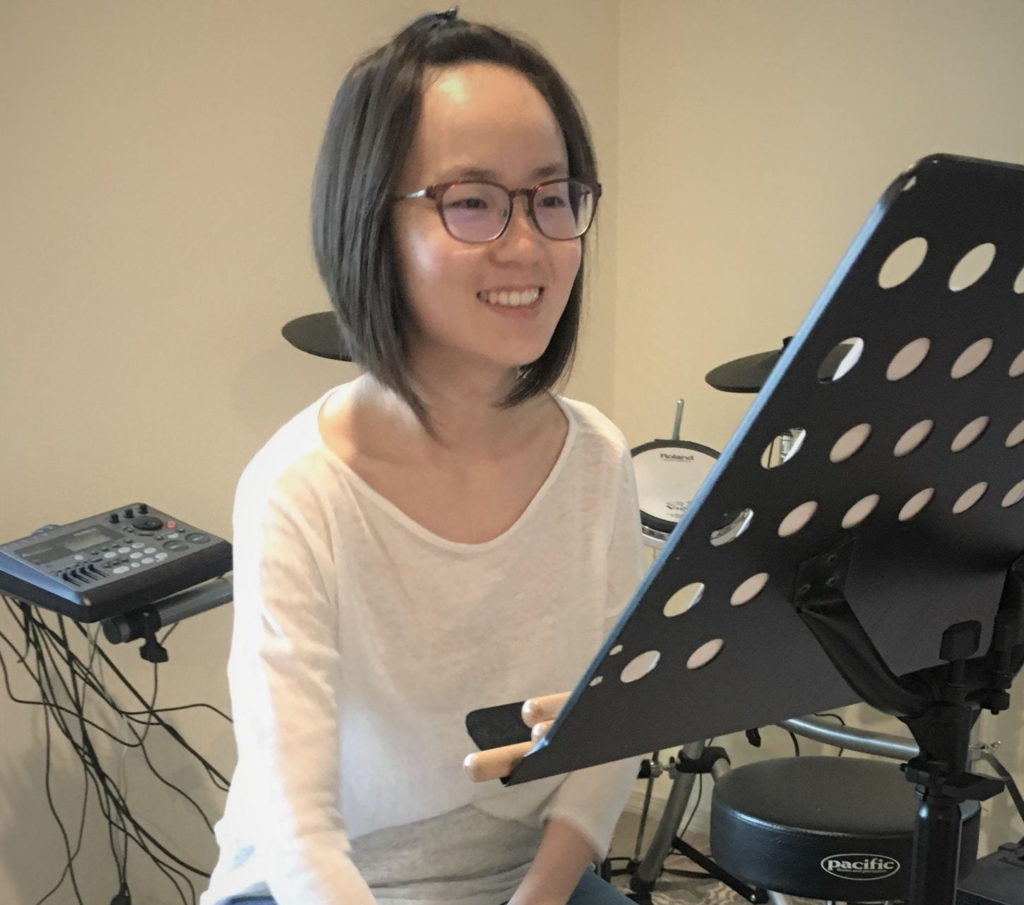In the excitement about the rise of citizen science, the emphasis has tended to be on the science the citizens (meaning an inhabitant of a place) are helping make possible—how they increasingly facilitate important discoveries, how they help professional scientists and decision makers answer questions at larger scales than might have been possible before. Yet these successes hinge on the experience and contributions of the citizens themselves. In turn, projects like COASST are asking: how can citizen science support the best possible experience?
Participation can happen in many ways. In outdoor environmental citizen science programs, it can include interacting with the environment (in COASST, the beach), or the study objects (birds), or scientists, staff members, and other participants (a team and community). The experience of participation is reflected in the effect that participating has on the participants. For example, how does collecting all those important data make a person feel? How might their reasons to be involved change over time? What do they learn or gain from being involved? And, importantly, to what degree would they feel comfortable having the lens of science turned on them?

Helping to explore some of these questions is COASST’s resident social scientist, Yurong He. Her research passion lies at the intersection of humans, the natural environment, and technology. Before joining COASST as a postdoc researcher in 2017, Yurong earned her undergraduate degree in psychology from Beijing Forest University, going on to get a master’s degree in cognitive psychology from the Institute of Psychology, Chinese Academy of Sciences. At the same time, she was also a research intern at Microsoft Asia, conducting studies on differing information sharing behaviors among people from China and the United States. “That was when I started to develop an interest in technology,” Yurong says.
Then she came to the U.S. to begin a PhD program at the College of Information Studies at the University of Maryland. It was there she got her first exposure to biodiversity citizen science, combining it with her interest in technology. “My advisor was studying how to use tech to support citizen science,” she says, but as a grad student, she was looking at citizen science from the outside. That changed when she came to COASST. “Here,” she says, “I work from inside the program, so I’m able to take another angle – both are important”.
At COASST, Yurong focuses on the range of lessons that can be extracted from nearly twenty years of surveys for dead birds and, more recently, marine debris. To assess COASST participants’ satisfaction and collect their feedback, her colleagues have sent out questionnaires and interviewed focus groups. Some participants even kept journals for a time, jotting their thoughts and impressions. “All of what the participants have given over and above their beach survey work has been tremendously helpful,” Yurong says. “We want to learn what attracts participants to citizen science in the first place, and what makes them want to stay.”
Through her work, Yurong is gaining insights into how COASST can work better for COASSTers—how it can satisfy their motivations and needs, and empower them to make the difference for the environment. She also identifies themes that can apply to citizen science more broadly. According to SciStarter, there are nearly three thousand formal and informal citizen science programs all over the world, ranging from transcribing old ship’s logs to reconstructing climate (Old Weather), to monitoring water quality, to Project BudBurst, which tracks plant phenology — all projects that might want to know why people initially participate and what keeps them engaged.
“Citizen science is becoming more and more professional and widespread,” says Yurong, who recently attended the third biannual conference of the Citizen Science Association, where she presented some of her findings. “What we learn from COASST goes far beyond our program, and can be applied in a lot of ways.”
Editor’s Note: A closer look at Yurong’s findings will be the subject of the next post!

A little bit more about Yurong. She originally came from China and now lived in Seattle with her husband since 2016. She loves the natural environment, she also enjoys the city life with combination of Asian and Western cultures. In her spare time, she loves to spent time with her family and friends appreciating the beauty of nature, delicious food and coffee. She also loves going to Church and connecting to the local community. She loves listening and singing both contemporary Christian music and classic hymns, and playing drums, like the Cajon to the left, in her church worship team.
